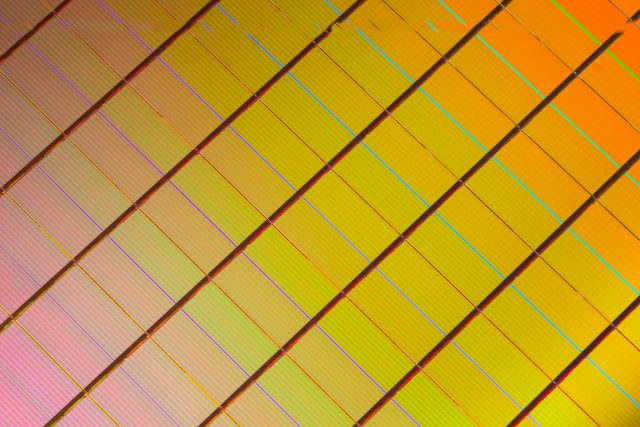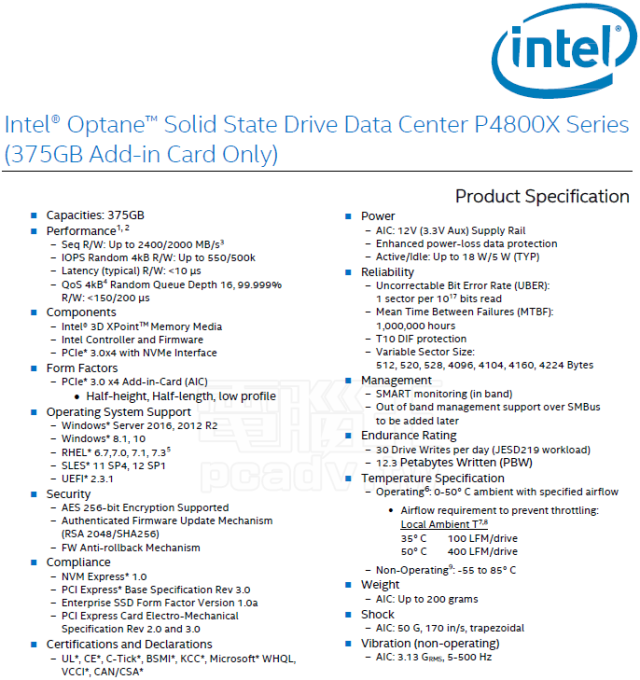Quantum random number generator set to transform internet security
Full coverage |
Full coverage |
For many decades, the term “random numbers” meant “pseudo-random numbers” to anyone who thought much about the issue and understood that computers simply were not equipped to produce anything that was truly random.
Manufacturers did what they could, grabbing some signals from the likes of mouse movement, keyboard activity, system interrupts, and packet collisions just to get a modest sampling of random data to improve the security of their cryptographic processes.
And the bad guys worked at breaking the encryption.
We used longer keys and better algorithms.
And the bad guys kept at it. And life went on.
But something recently changed all that. No, not yesterday or last week. But it was only back in November of last year that something called the Entropy Engine won an Oscar of Innovation award for collaborators Los Alamos National Laboratory and Whitewood Security. This Entropy Engine is capable of delivering as much as 350 Mbps of true random numbers—sufficient to feed an entire data center with enough random data to dramatically improve all cryptographic processes.
To read this article in full or to leave a comment, please click here
On Unix systems, random numbers are generated in a number of ways and random data can serve many purposes. From simple commands to fairly complex processes, the question “How random is random?” is worth asking.
If all you need is a casual list of random numbers, the RANDOM variable is an easy choice. Type “echo $ RANDOM” and you’ll get a number between 0 and 32,767 (the largest number that two bytes can hold).
$ echo $ RANDOM 29366
Of course, this process is actually providing a “pseudo-random” number. As anyone who thinks about random numbers very often might tell you, numbers generated by a program have a limitation. Programs follow carefully crafted steps, and those steps aren’t even close to being truly random. You can increase the randomness of RANDOM’s value by seeding it (i.e., setting the variable to some initial value). Some just use the current process ID (via $ $ ) for that. Note that for any particular starting point, the subsequent values that $ RANDOM provides are quite predictable.
To read this article in full or to leave a comment, please click here

A 3D XPoint wafer. (credit: Intel)
In 2015, Intel and Micron announced 3D XPoint (pronounced “three dee cross point”), a new form of high-speed, non-volatile, solid-state storage. But we’re still waiting for products that actually use the technology. The first 3D XPoint storage should hit the market this year. Branded “Optane,” Intel briefly documented (on a PDF that has since been pulled from its website) the first specs of the first of these products: the Intel SSD DC P4800X is a 375GB half-height, half-length PCIe NVMe card aimed at enterprise markets. Optane should also eventually come in 750GB and 1.5TB versions. Taiwanese site PCADV spotted the specs while they were up.
When Intel announced 3D XPoint, the company said that it would be 1,000 times faster than NAND flash, 10 times denser than (volatile) DRAM, and with 1,000 times the endurance of NAND, too, which would greatly reduce the susceptibility of 3D XPoint drives to write-induced failures. The specs of this first SSD reflect these ambitions, but perhaps not in quite the way people would have expected.

P4800X spec sheet. (credit: PCADV)
The 2,400MB/s read speed is high, but it’s not king of the hill. Introduced in 2014, Intel’s SSD DC P3700, the company’s nearest equivalent product using NAND flash technology, boasts up to 2,800MB/s reads. Samsung’s consumer-oriented 960 EVO manages 3,200MB/s read performance.
Read 8 remaining paragraphs | Comments